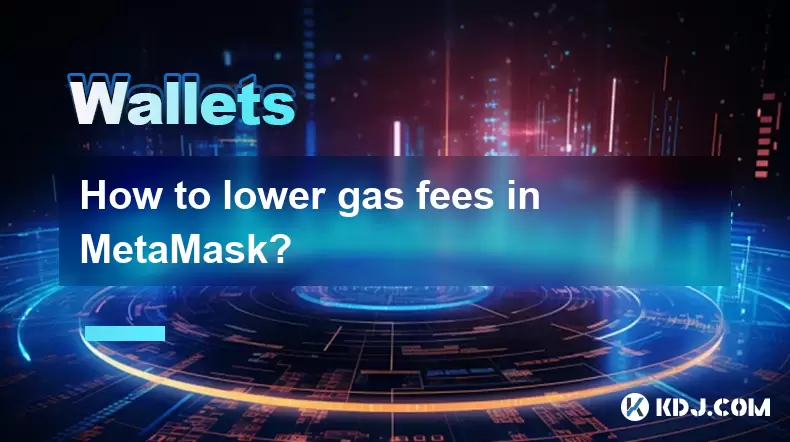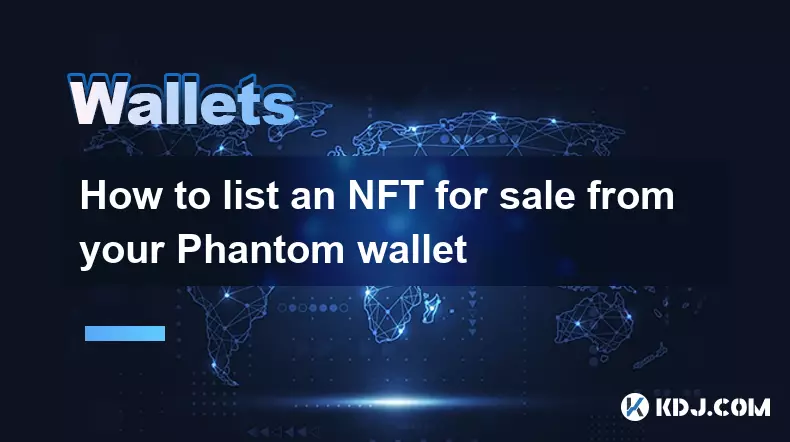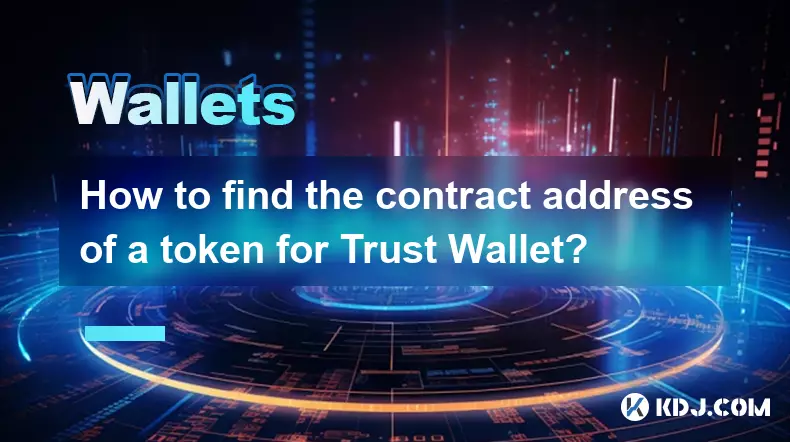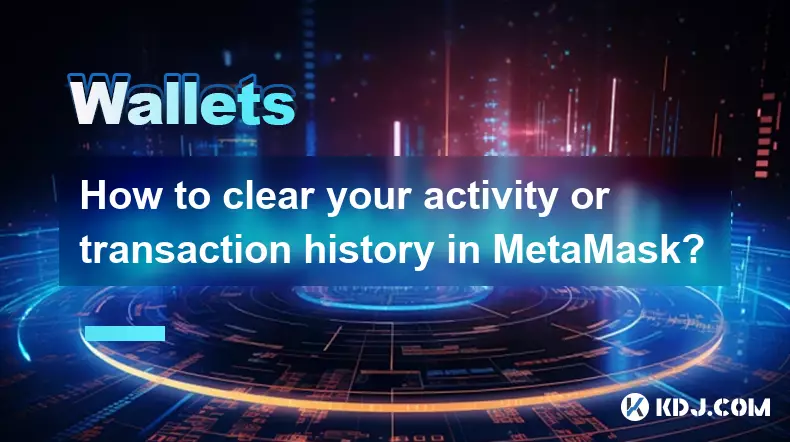-
 Bitcoin
Bitcoin $111300
-0.83% -
 Ethereum
Ethereum $4296
-0.28% -
 XRP
XRP $2.970
-0.28% -
 Tether USDt
Tether USDt $0.0000
0.01% -
 BNB
BNB $876.7
-0.13% -
 Solana
Solana $216.7
0.50% -
 USDC
USDC $0.9998
0.01% -
 Dogecoin
Dogecoin $0.2424
1.50% -
 TRON
TRON $0.3345
0.88% -
 Cardano
Cardano $0.8635
0.03% -
 Hyperliquid
Hyperliquid $53.38
5.54% -
 Chainlink
Chainlink $23.07
0.27% -
 Ethena USDe
Ethena USDe $1.001
0.02% -
 Sui
Sui $3.463
-0.21% -
 Stellar
Stellar $0.3738
-0.33% -
 Bitcoin Cash
Bitcoin Cash $578.5
-1.51% -
 Avalanche
Avalanche $26.00
2.07% -
 Hedera
Hedera $0.2276
0.77% -
 UNUS SED LEO
UNUS SED LEO $9.548
0.02% -
 Cronos
Cronos $0.2597
2.73% -
 Litecoin
Litecoin $112.0
-0.64% -
 Toncoin
Toncoin $3.089
-0.29% -
 Shiba Inu
Shiba Inu $0.00001285
-0.10% -
 Polkadot
Polkadot $4.098
1.54% -
 Uniswap
Uniswap $9.484
-0.88% -
 Ethena
Ethena $0.8361
8.06% -
 Dai
Dai $0.9998
0.01% -
 Monero
Monero $269.5
-0.68% -
 World Liberty Financial
World Liberty Financial $0.1994
-4.02% -
 Aave
Aave $299.1
-1.29%
How to lower gas fees in MetaMask?
Understanding and adjusting gas fees in MetaMask can help users save on Ethereum transaction costs.
Jul 06, 2025 at 10:56 am

What Are Gas Fees in MetaMask?
Gas fees in MetaMask are the transaction costs required to perform actions on the Ethereum blockchain. These fees are paid in ETH and vary based on network congestion, transaction complexity, and priority settings. Understanding how gas fees work is essential for anyone using MetaMask, as high fees can significantly impact the cost of sending transactions or interacting with decentralized applications (dApps). The Ethereum network uses a bidding system where users specify how much they're willing to pay per unit of gas. When more people are transacting, the price per gas increases.
How Does MetaMask Calculate Gas Fees?
MetaMask automatically estimates gas fees based on current network conditions. However, users have the option to customize these settings manually. The total fee is calculated by multiplying the gas limit (the maximum amount of gas you're willing to spend) by the gas price (how much you're willing to pay per unit of gas). By default, MetaMask sets the gas limit higher than necessary to ensure transaction success, but this often results in overpayment. Users can adjust both the gas price and gas limit to reduce costs without compromising their transaction’s likelihood of being processed.
When Is the Best Time to Send Transactions to Minimize Gas Fees?
Network usage plays a significant role in determining gas fees. The best time to send transactions with lower fees is during periods of low network activity. For example, late at night or early in the morning (in UTC time) tends to be less congested. Additionally, weekdays may offer lower fees compared to weekends when dApp usage surges. Monitoring real-time gas price tools like EthGasStation or using browser extensions such as GasNow can help identify optimal times to transact. Timing your transactions wisely can lead to substantial savings.
How to Manually Adjust Gas Settings in MetaMask
Lowering gas fees requires manual intervention in MetaMask before confirming a transaction. To do this:
- Open the transaction confirmation window.
- Click “Edit” next to the gas fee section.
- You’ll see options for gas price and gas limit.
- Reduce the gas price slightly below the recommended “Normal” level, but not too low to risk transaction failure.
- Optionally, lower the gas limit if you know the exact amount needed for your transaction (only for advanced users).
- Always double-check that the gas limit is sufficient; otherwise, the transaction may fail and still consume some ETH.
This method gives users greater control over transaction costs and helps avoid unnecessary spending.
Using Layer 2 Solutions to Reduce Gas Costs
Another effective way to lower gas fees is by using Layer 2 scaling solutions such as Arbitrum, Optimism, or zkSync. These networks operate on top of Ethereum and offer significantly reduced transaction costs while maintaining security and decentralization. To use them:
- Switch your MetaMask network to one of the supported Layer 2 chains.
- Bridge your ETH or tokens to the chosen network via its official bridge.
- Once assets are on the Layer 2 network, you can interact with dApps or send transactions at a fraction of the mainnet cost.
- Ensure you understand withdrawal times and potential fees when moving funds back to Ethereum mainnet.
Layer 2 solutions are increasingly popular among users looking to minimize fees without sacrificing functionality.
Frequently Asked Questions
Q: Can I change gas fees after submitting a transaction?A: No, once a transaction is submitted to the Ethereum network, the gas fee cannot be modified. However, you can attempt to cancel or replace the transaction using the same nonce with a higher gas price.
Q: Why does MetaMask suggest higher gas fees than what’s actually needed?A: MetaMask defaults to conservative estimates to ensure faster transaction confirmations. This helps prevent delays due to underpricing, but it often leads to overpayment. Users can manually adjust the suggested values to save on fees.
Q: What happens if I set the gas price too low?A: If the gas price is too low, miners may ignore your transaction, causing it to remain pending indefinitely. It will eventually drop from the mempool, but the ETH used for the transaction nonce will still be locked until it clears.
Q: Are there any risks in lowering the gas limit?A: Yes, setting the gas limit too low can cause a transaction to fail. While the transaction will still consume some ETH, it won’t execute the intended action. Only experienced users should modify gas limits manually.
Disclaimer:info@kdj.com
The information provided is not trading advice. kdj.com does not assume any responsibility for any investments made based on the information provided in this article. Cryptocurrencies are highly volatile and it is highly recommended that you invest with caution after thorough research!
If you believe that the content used on this website infringes your copyright, please contact us immediately (info@kdj.com) and we will delete it promptly.
- BlackRock, Bitcoin ETF, and the Next BTC Move: What's Driving the Market?
- 2025-09-10 04:25:13
- Play-to-Earn, Crypto Games, and the Web3 Future: A New Yorker's Take
- 2025-09-10 04:25:13
- Meme Coins: Explosive Gains in 2025? What You Need to Know
- 2025-09-10 04:30:12
- EigenLayer (EIGEN): Exchange Listings Fuel Rally Amidst Technical Crosscurrents
- 2025-09-10 04:30:12
- Crypto Coins in September 2025: Navigating Investment Opportunities
- 2025-09-10 04:35:13
- Bitcoin Price, JPMorgan, and CPI Data: Decoding the Crypto Market's Next Move
- 2025-09-10 04:35:13
Related knowledge

How to list an NFT for sale from your Phantom wallet
Sep 10,2025 at 12:54am
Connecting Your Phantom Wallet to a Marketplace1. Open the Solana-based NFT marketplace of your choice, such as Magic Eden, Solanart, or Tensor. These...

How to find the contract address of a token for Trust Wallet?
Sep 10,2025 at 03:36am
Finding the Contract Address of a Token for Trust WalletWhen interacting with cryptocurrencies, especially tokens built on blockchains like Ethereum, ...

Why is my balance not showing correctly in Trust Wallet?
Sep 10,2025 at 02:37am
Understanding Wallet Synchronization Issues1. Trust Wallet relies on blockchain nodes to fetch data about your holdings. If the node it connects to is...

How to create a new wallet on Trust Wallet?
Sep 10,2025 at 04:19am
Understanding Trust Wallet Setup1. Download the Trust Wallet application from the official app store for iOS or Google Play Store for Android devices....

How to clear your activity or transaction history in MetaMask?
Sep 10,2025 at 01:18am
Understanding MetaMask Transaction History1. MetaMask does not provide a direct option to delete or clear your transaction history within the wallet i...

How to add the Fantom Opera network to MetaMask?
Sep 09,2025 at 07:54pm
Understanding Decentralized Exchanges in the Crypto Ecosystem1. Decentralized exchanges (DEXs) have emerged as a cornerstone of the blockchain financi...

How to list an NFT for sale from your Phantom wallet
Sep 10,2025 at 12:54am
Connecting Your Phantom Wallet to a Marketplace1. Open the Solana-based NFT marketplace of your choice, such as Magic Eden, Solanart, or Tensor. These...

How to find the contract address of a token for Trust Wallet?
Sep 10,2025 at 03:36am
Finding the Contract Address of a Token for Trust WalletWhen interacting with cryptocurrencies, especially tokens built on blockchains like Ethereum, ...

Why is my balance not showing correctly in Trust Wallet?
Sep 10,2025 at 02:37am
Understanding Wallet Synchronization Issues1. Trust Wallet relies on blockchain nodes to fetch data about your holdings. If the node it connects to is...

How to create a new wallet on Trust Wallet?
Sep 10,2025 at 04:19am
Understanding Trust Wallet Setup1. Download the Trust Wallet application from the official app store for iOS or Google Play Store for Android devices....

How to clear your activity or transaction history in MetaMask?
Sep 10,2025 at 01:18am
Understanding MetaMask Transaction History1. MetaMask does not provide a direct option to delete or clear your transaction history within the wallet i...

How to add the Fantom Opera network to MetaMask?
Sep 09,2025 at 07:54pm
Understanding Decentralized Exchanges in the Crypto Ecosystem1. Decentralized exchanges (DEXs) have emerged as a cornerstone of the blockchain financi...
See all articles
























































































